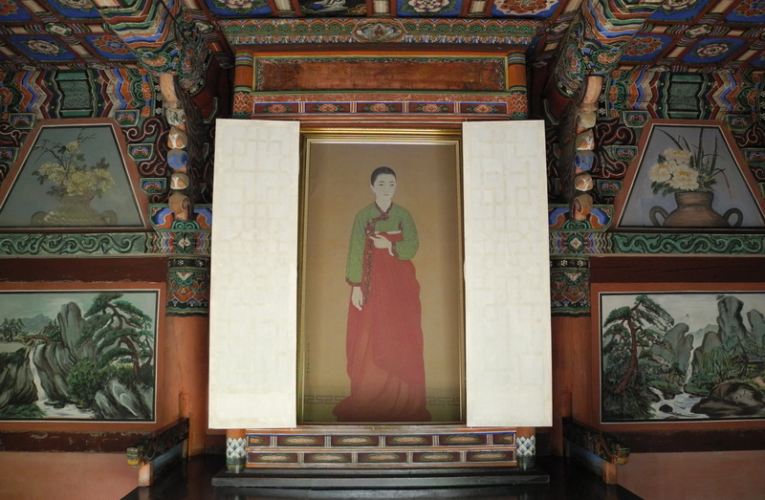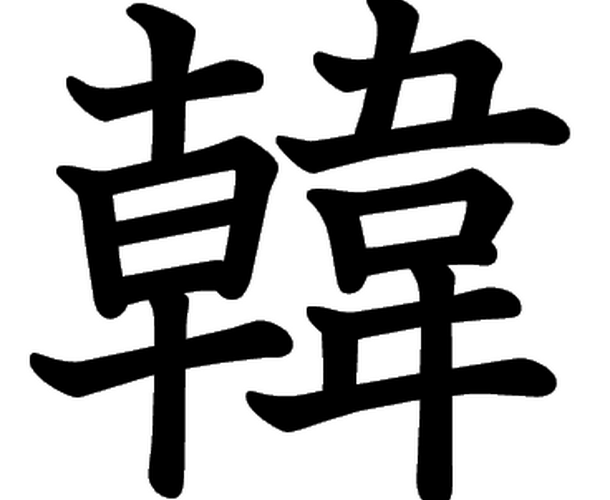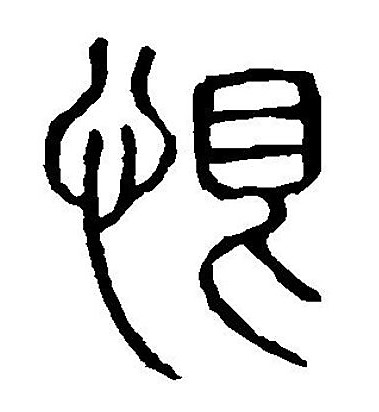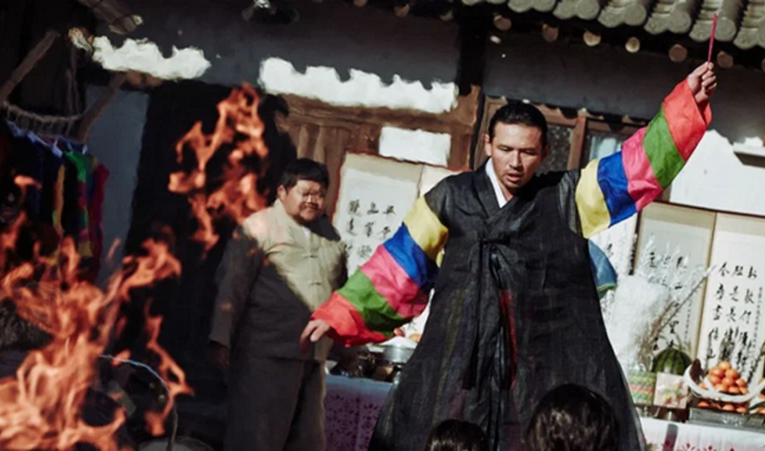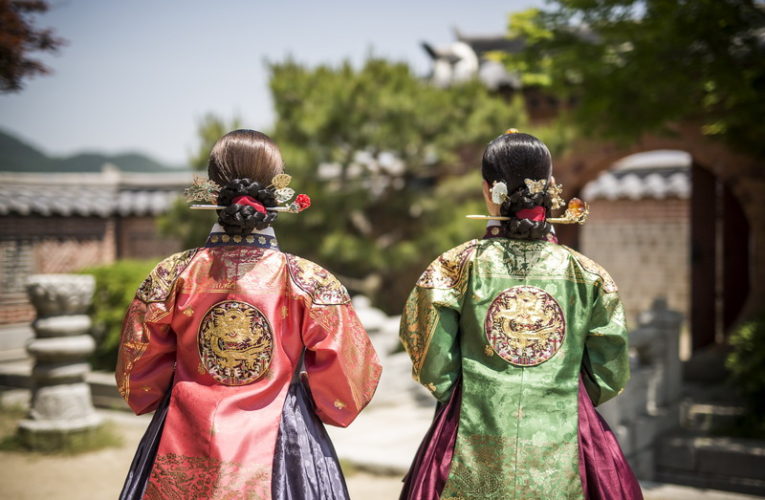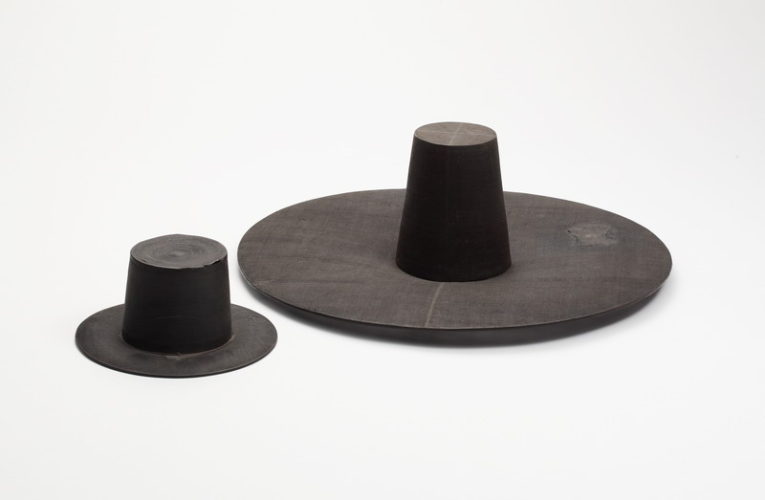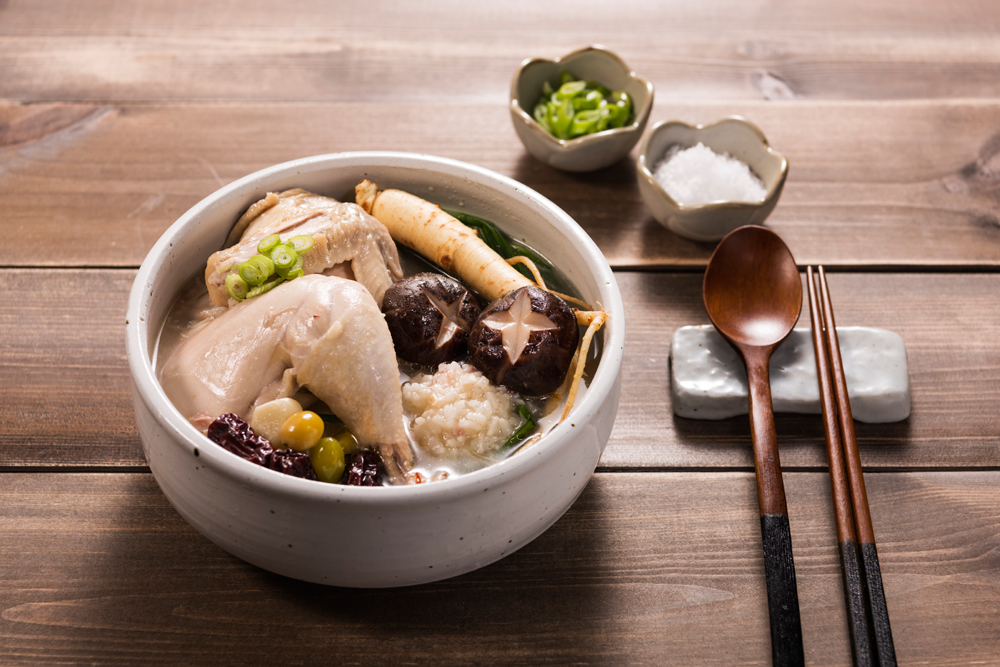The Story of Chunhyang: Through the Melodious Medium of Pansori
Pansori is probably one of the most well-known “traditional” Korean art forms outside of Korea, commonly referred to as “Korean opera.” Traditionally, the singer would recount a tale from the twelve-work repertoire (madang), such as The Song of Chunhyang.





